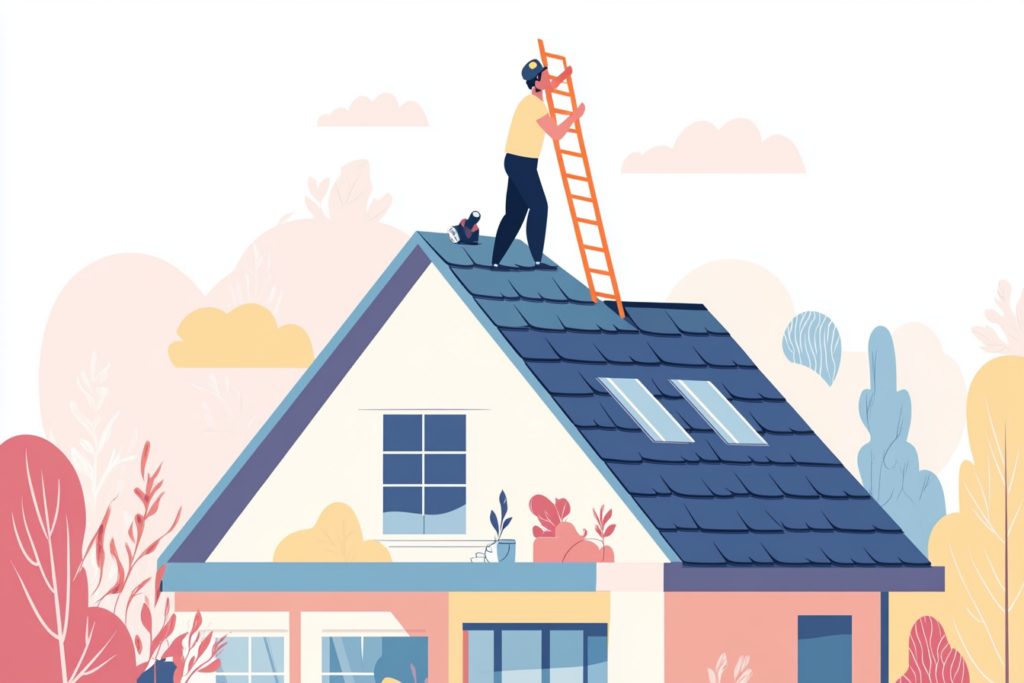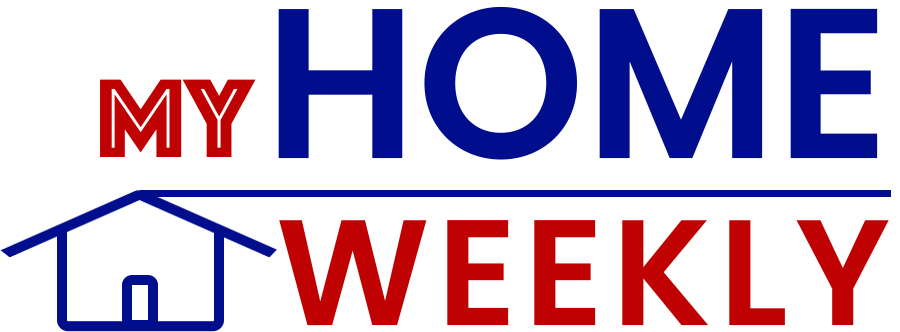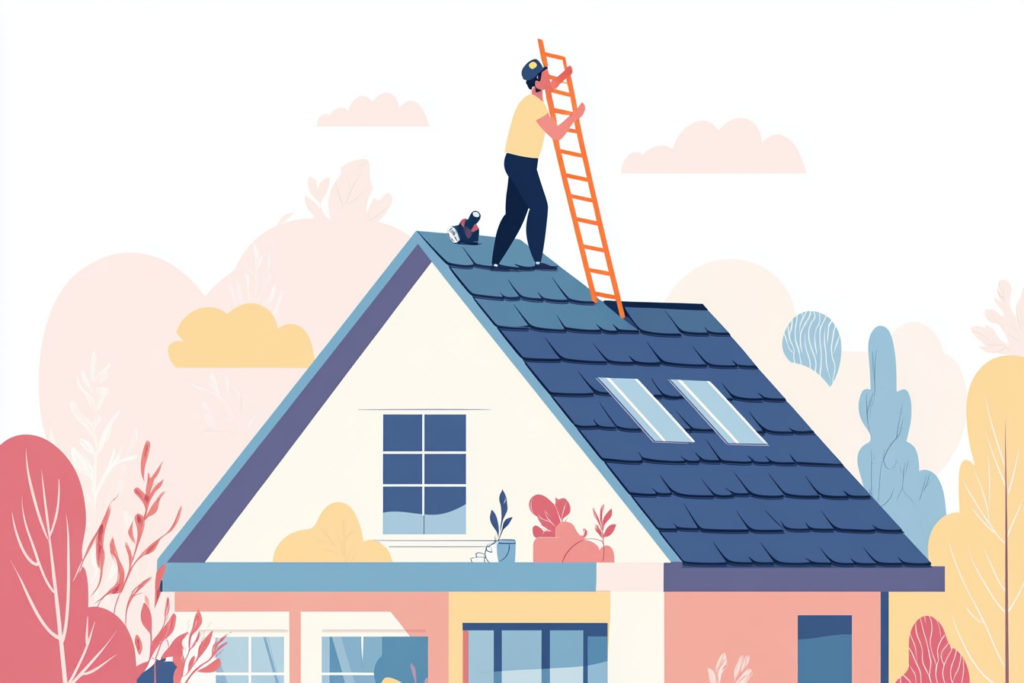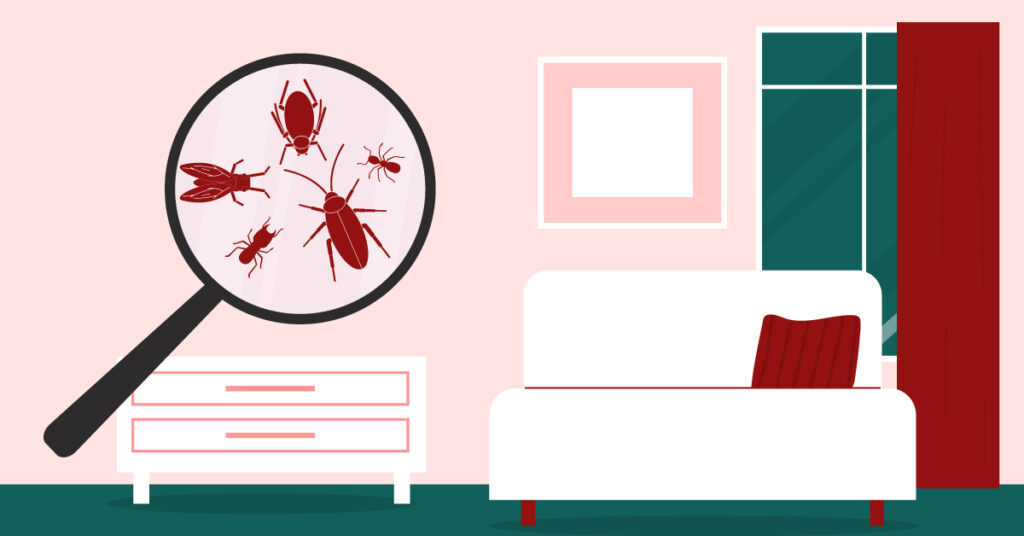Did you know that roofing is one of the most dangerous jobs in America? With a fatality rate of 29.3, going to work on a roof is substantially more dangerous than working in law enforcement, which has a fatality rate of just 16.6. Falls are the number one risk for those performing work on second-story and above levels. That’s why adopting comprehensive safety practices isn’t just smart—it’s essential.
If you’re responsible for overseeing a roofing project or performing the work yourself, this guide will help you understand the best practices for avoiding accidents, staying compliant and keeping everyone on the job safe.
Understand the Risks of Roofing Work

Before any roofing work begins, you need to fully understand the risks involved. Roofs can be steep, slippery and are always exposed to the elements. In addition to the obvious hazard of falling, workers face risks from unstable footing, improperly placed and secured ladders, weather conditions, power tools and more. All of these issues can cause unnecessary workplace injuries. With the right safety gear and planning, roofing can be a safe and essential job. Below are some tips on how to build a safer workplace, even on the roof.
Improve Safety Standards with a Pre-Work Safety Assessment
Start every project with a thorough safety assessment. You’re looking for anything that could cause an on-the-job accident. That means looking for weak or unstable footing, obstructions from skylights or other possible tripping hazards, any electrical equipment on the roof and weather conditions for the duration of the job. If the weather goes south, the work should always be put on pause. During your initial safety assessment is also the time to develop plans for emergencies. Make sure your entire team is on the same page for responses to falls, injuries or severe weather.
Prioritize Proper Fall Protection Equipment
Fall protection isn’t optional—it’s legally required for most roofing work. OSHA mandates that workers must use fall protection when working at heights of six feet or more, and since falls are the leading cause of death for one of the nation’s most dangerous jobs, it’s easy to understand why. Some examples of equipment you might need to bring in could include temporary guardrails, safety nets and personal fall arrest systems (PFAS).
To learn more about fall protection equipment, review OSHA’s official guidelines on fall protection.
Secure and Inspect Ladders
Ladders are a significant issue and a leading source of workplace injuries. To minimize the risks to your crew, ensure ladders are always placed firmly on a stable, level surface and anchored securely. Any anchor point should be able to withstand at least 5,000 pounds of force.
Extend ladders at least three feet above the roof edge so they’re clearly visible and easier to mount. Make sure the top of the ladder is fully secured so there’s no slipping when your crew is headed up or down.
Keep Your Team Up-to-Date on Safety Training
When every member of your team knows what a hazard looks like and what to do to mitigate the issue, you’ll find your construction sites in better condition. It’s also important for everyone at the job site to know when and what gear to wear, along with how to use it. Since roofing is often a seasonal activity, it’s a good idea to refresh your knowledge at the start of every year.
Monitor Weather Conditions
Roofing in poor weather isn’t just inconvenient—it can be deadly. Wet or icy surfaces are significantly more slippery, and high winds can cause a worker to lose their balance or blow tools and materials around.
Always check the local forecast. If rain, snow, or strong winds are expected, refrain from working that day.
Keep Your Gear and Your Site in Good Condition
Regularly inspect your equipment for wear and tear. Worn-out protection fails to function as intended in an emergency. It’s also important to keep your job site clean and organized. Use toe boards or debris nets to prevent materials from falling to the ground. Assign someone to regularly walk the site and make adjustments to maintain order and cleanliness.
Wear the Right PPE
Personal protective equipment (PPE) doesn’t just mean surgical scrubs; it also means steel-toed boots with non-slip soles, hard hats, eye protection, work gloves, PFAS and more. Some jobs may require hearing protection or respirators. Ensure that all recommended personal protective equipment (PPE) is available, fits properly, and meets safety standards.
High Safety Standards Mean Higher Quality Work
Even with the best equipment and training, accidents can still occur, particularly when people fail to follow the rules. But, the risks can be managed with planning, the right gear and a company culture that prioritizes safety over fast. Make sure your team is up-to-date on how to secure themselves, materials, equipment and the job site before you start work. A little preparation can go a long way toward minimizing the number of accidents at your job sites. By keeping your team intact and safe from injury, you give your company an efficiency boost, and you get better-trained teams that can handle any challenge.
You might also be interested in: Spot Roof Problems Early With This Professional Guide to DIY Roof Inspections




